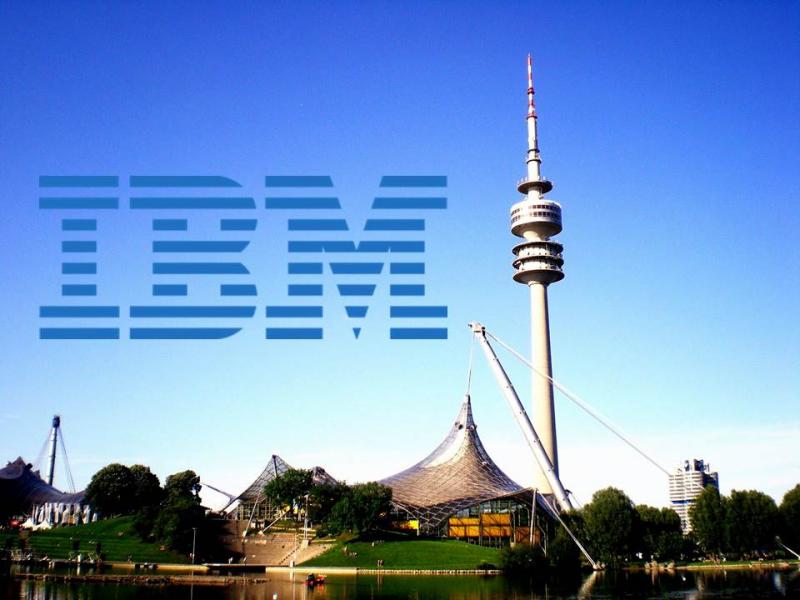IBM Opens Its Global Watson IoT Headquarters In Munich

IBM opened its global Watson Internet of Things (IoT) headquarters in Munich this week. It is hardly unusual for this quintessential global business to open research centers on a global scale. But the decision to move the HQ for one of the most dynamic areas of the digital transformation arena to Munich is noteworthy for several reasons. The move underlines that:
- IoT has a very strong B2B component. Yes, IoT will play a role in consumer segments such as the connected home. But connectivity limitations and costs, compliance, and security will put many IoT ambitions in the consumer space to rest. The real action will be in the B2B space, where IoT will be elemental to drive activities like predictive maintenance, fleet management, traffic management, supply chain management, and order processing. Forrester expects the market size for B2B eCommerce, of which IoT is a subset, to be about twice that of B2C by 2020.
- IoT and big data are closely intertwined. The real value of IoT solutions will not come from the hardware components of connected assets but from the data they generate and consume. In order to manage and make sense of the data that connected assets generate, cognitive systems and machine learning will play a fundamental role for the evolution of IoT. “Employing” Watson in the IoT context elevates IBM’s role in the IoT market significantly.
- IBM is going into the homeland of large German industrials that have their own IoT ambitions. Just last week, Siemens launched Siemens Digital Services and the Web of Systems. And fairly recently, Siemens’ CEO said that “the last thing you want to do is have IBM in your bedroom because it's not going to be a lot of fun.”. But in a digital world, old rules of head-to-head are transforming toward the emergence of “coopetition” in digital ecosystems. However, with IBM IoT in its backyard, Siemens has to redouble its digital activities.
- The ecosystems aspect of IoT is gaining momentum. In many IoT implementations, businesses rely on partnerships with several vendors for their IoT solutions. The challenge in the age of the customer is that data generated by connected assets is of value for third parties as well, such as ecosystem partners. Ecosystem partners require access to this data to ensure a great overall user experience as part of the ecosystem or an IoT solution. In turn, this has big effects on the quality of customer experiences of those end users of IoT solutions. IBM demonstrates its readiness to play as an ecosystem member in the IoT context by working with its new neighbors in Munich like Siemens and Airbus.
- Big Blue and Bavaria's Weiss Blau look like a very complementary symbiosis. During the opening, IBM outlined its reasoning for the choice of location: a healthy mix of good technical universities; being home to strong manufacturing and financial services firms like Allianz, Munich Re, Airbus, BMW, MAN, and MTU; a skilled labor force; and a high quality of life. But we believe that IBM’s Watson IoT activities in Munich will manifest themselves less in frenzied hype and more in the maturing of digital B2B solutions.
I will publish a report in Q1 2016 looking at how mobile technologies impact IoT strategies and use cases.
